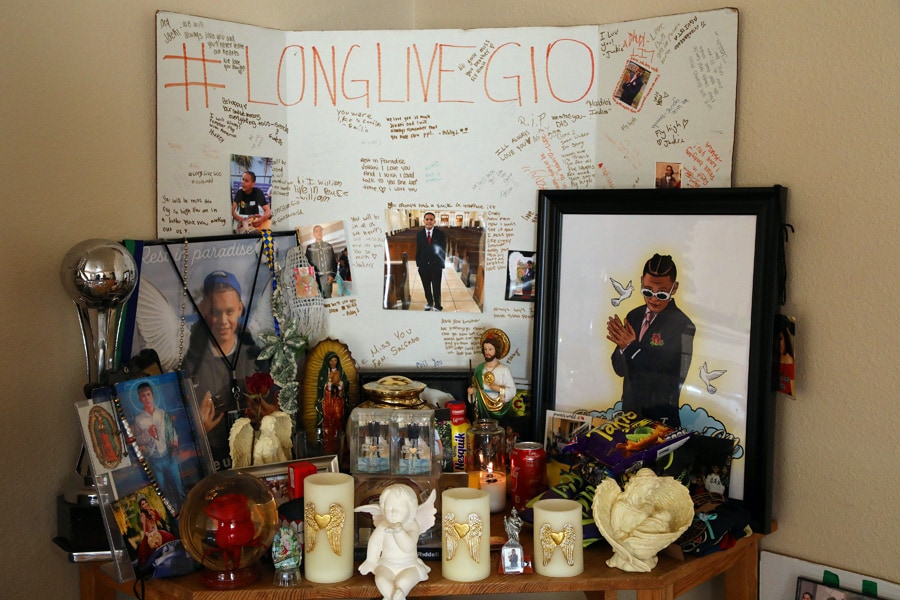
Tesla says autopilot makes its cars safer. Crash victims say it kills.
Tesla, founded in 2003, and its chief executive, Elon Musk, have been bold in challenging the auto industry, attracting devoted fans and customers and creating a new standard for electric vehicles that other established carmakers are reckoning with
 A shrine in the Maldonado home in San Lorenzo, Calif., June 28, 2021, to Jovani Maldonado, 15, who was killed when a Tesla operating on autopilot rear-ended the family’s pickup truck. The family is suing Tesla, claiming its Autopilot system was partly responsible. (Jim Wilson/The New York Times)
A shrine in the Maldonado home in San Lorenzo, Calif., June 28, 2021, to Jovani Maldonado, 15, who was killed when a Tesla operating on autopilot rear-ended the family’s pickup truck. The family is suing Tesla, claiming its Autopilot system was partly responsible. (Jim Wilson/The New York Times)
Benjamin Maldonado and his teenage son were driving back from a soccer tournament on a California freeway in August 2019 when a truck in front of them slowed. Maldonado flicked his turn signal and moved right. Within seconds, his Ford Explorer pickup was hit by a Tesla Model 3 that was traveling about 60 mph on Autopilot.
A 6-second video captured by the Tesla and data it recorded show that neither Autopilot — Tesla’s much-vaunted system that can steer, brake and accelerate a car on its own — nor the driver slowed the vehicle until a fraction of a second before the crash. Jovani Maldonado, 15, who had been in the front passenger seat and was not wearing his seat belt, was thrown from the Ford and died, according to a police report.
The accident, which took place 4 miles from Tesla’s main car factory, is now the subject of a lawsuit against the company. It is one of a growing number of crashes involving Autopilot that have fueled concerns about the technology’s shortcomings, and could call into question the development of similar systems used by rival carmakers. And as cars take on more tasks previously done by humans, the development of these systems could have major ramifications — not just for the drivers of those cars but for other motorists, pedestrians and cyclists.
Tesla, founded in 2003, and its chief executive, Elon Musk, have been bold in challenging the auto industry, attracting devoted fans and customers and creating a new standard for electric vehicles that other established carmakers are reckoning with. The company is worth more than several large automakers combined.
But the accidents involving Autopilot could threaten Tesla’s standing and force regulators to take action against the company. The National Highway Traffic Safety Administration has about two dozen active investigations into crashes involving Autopilot.
©2019 New York Times News Service







